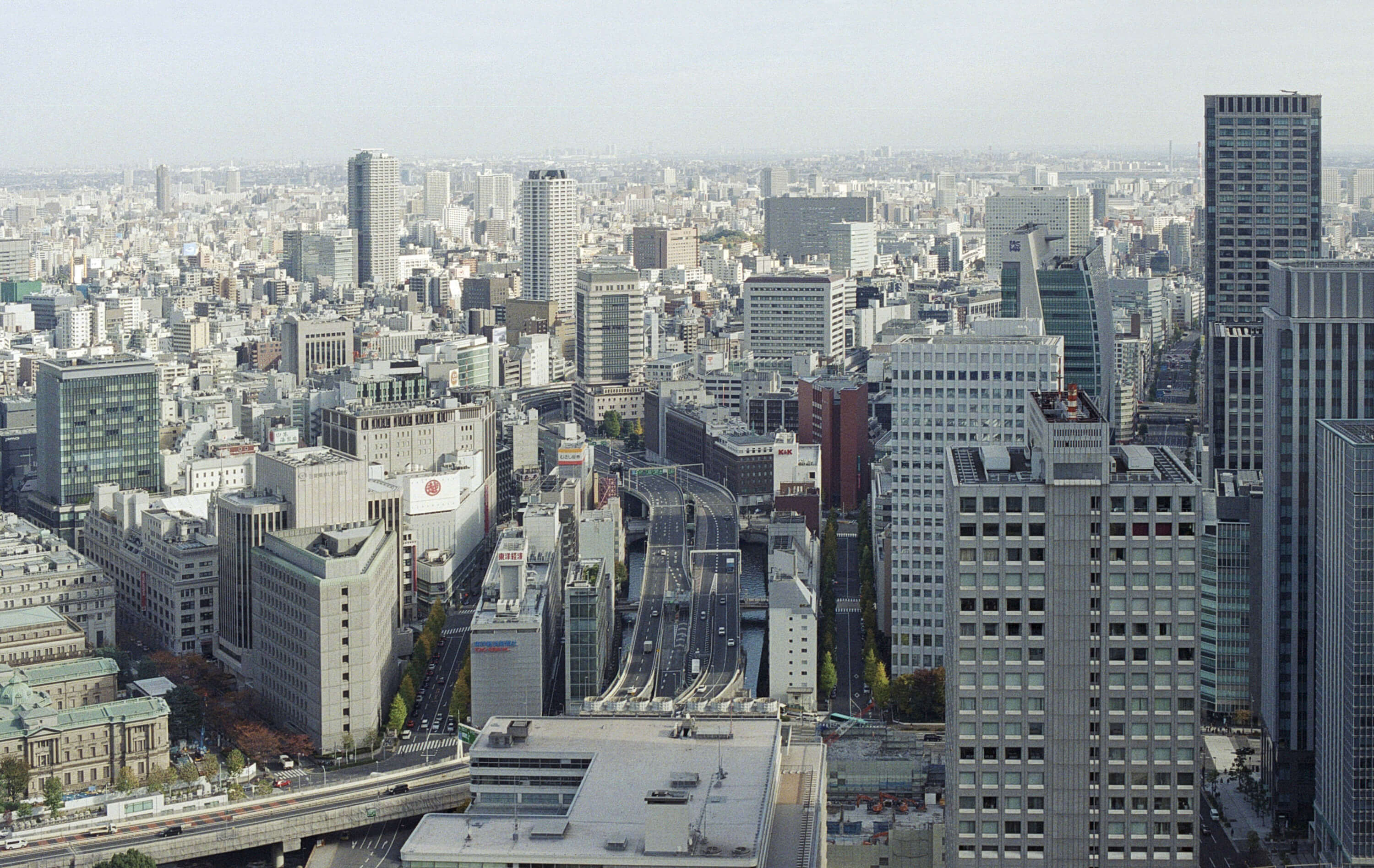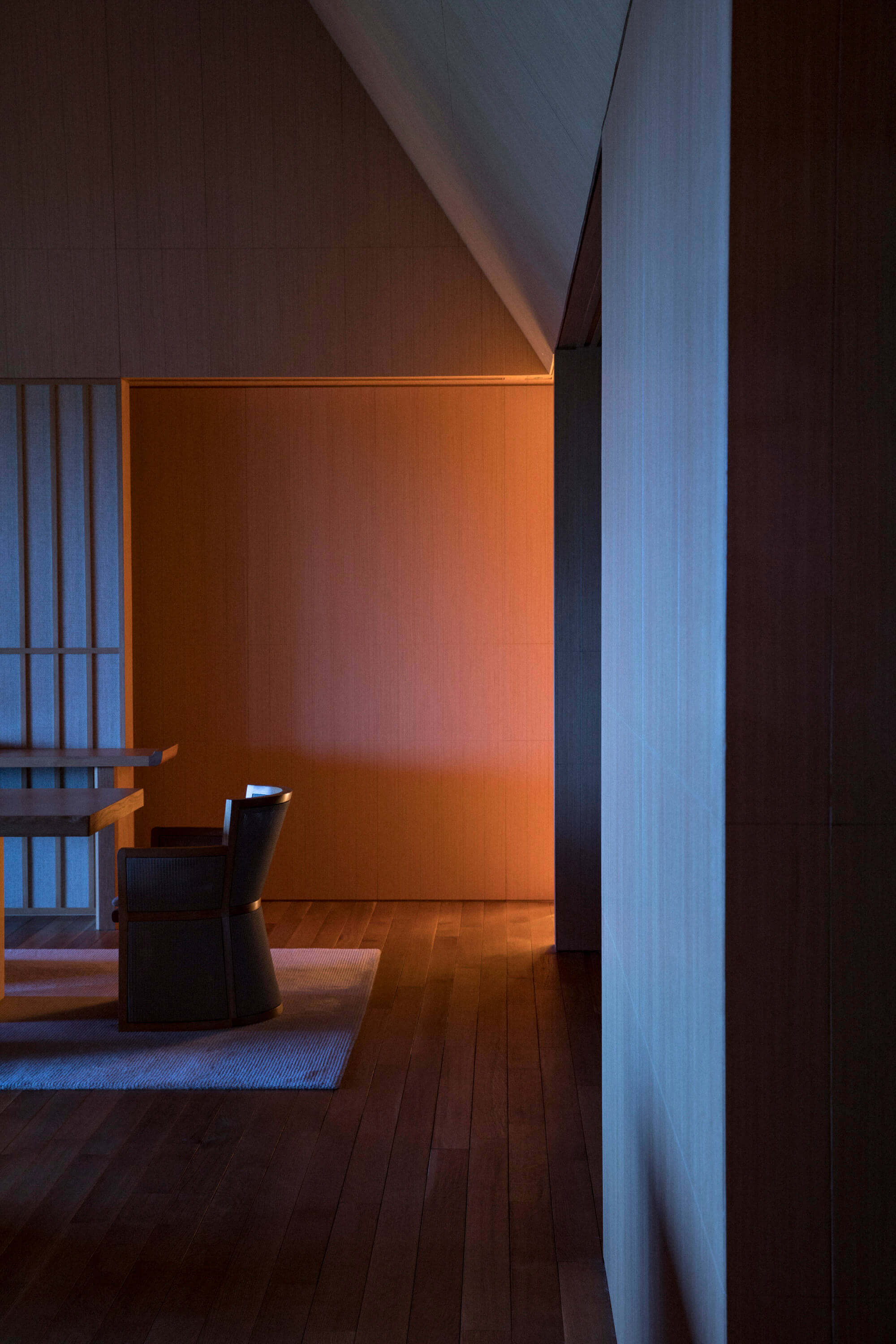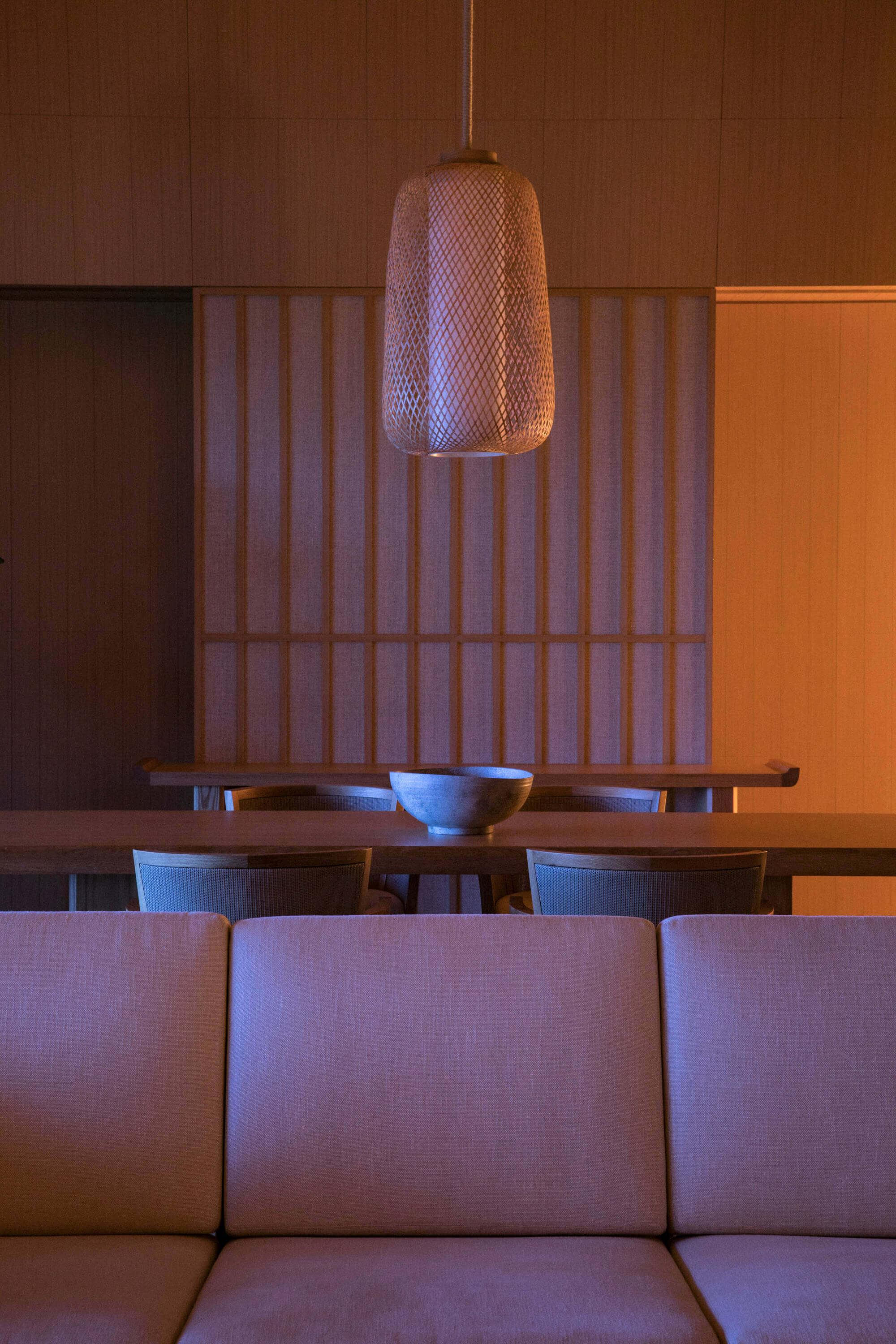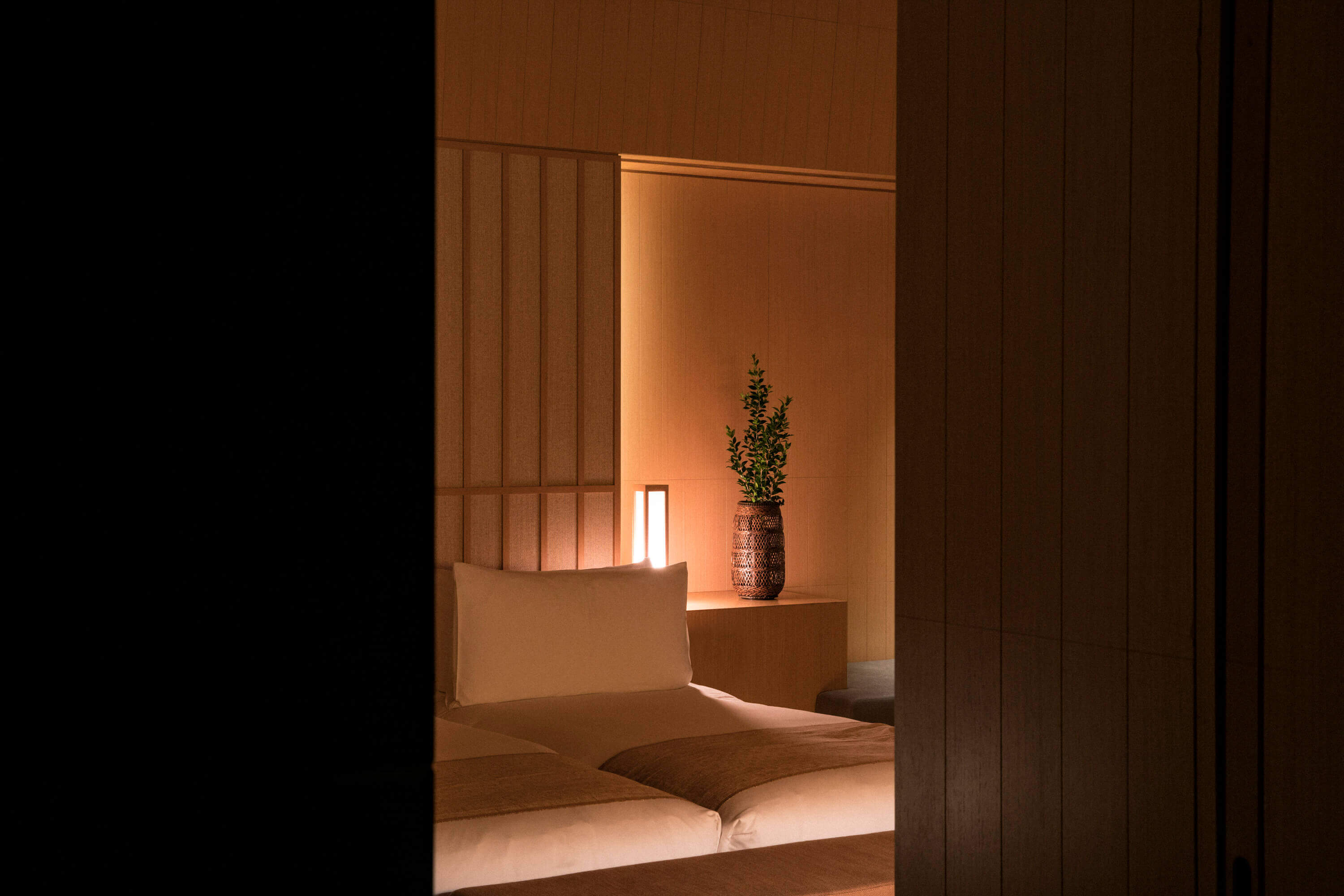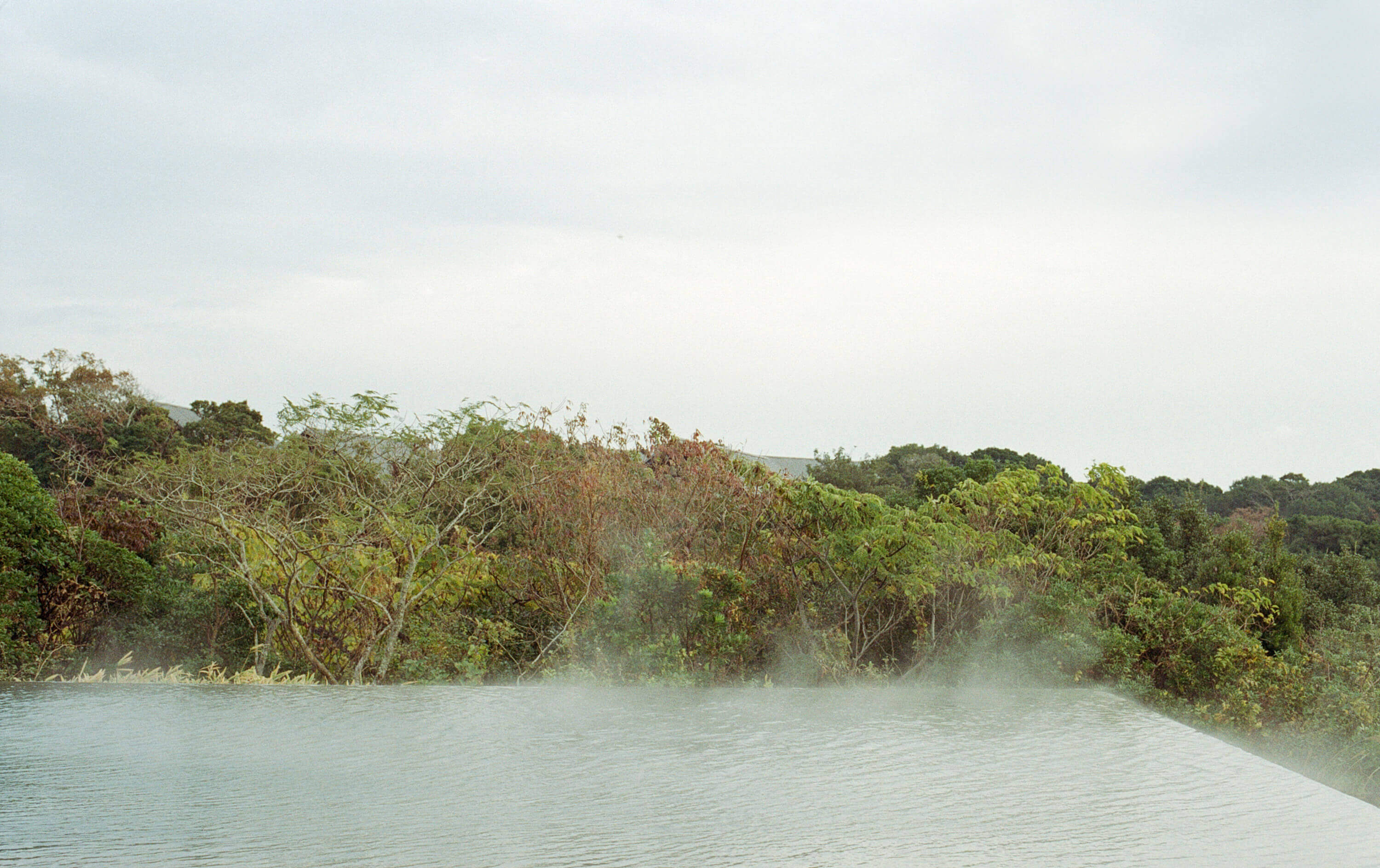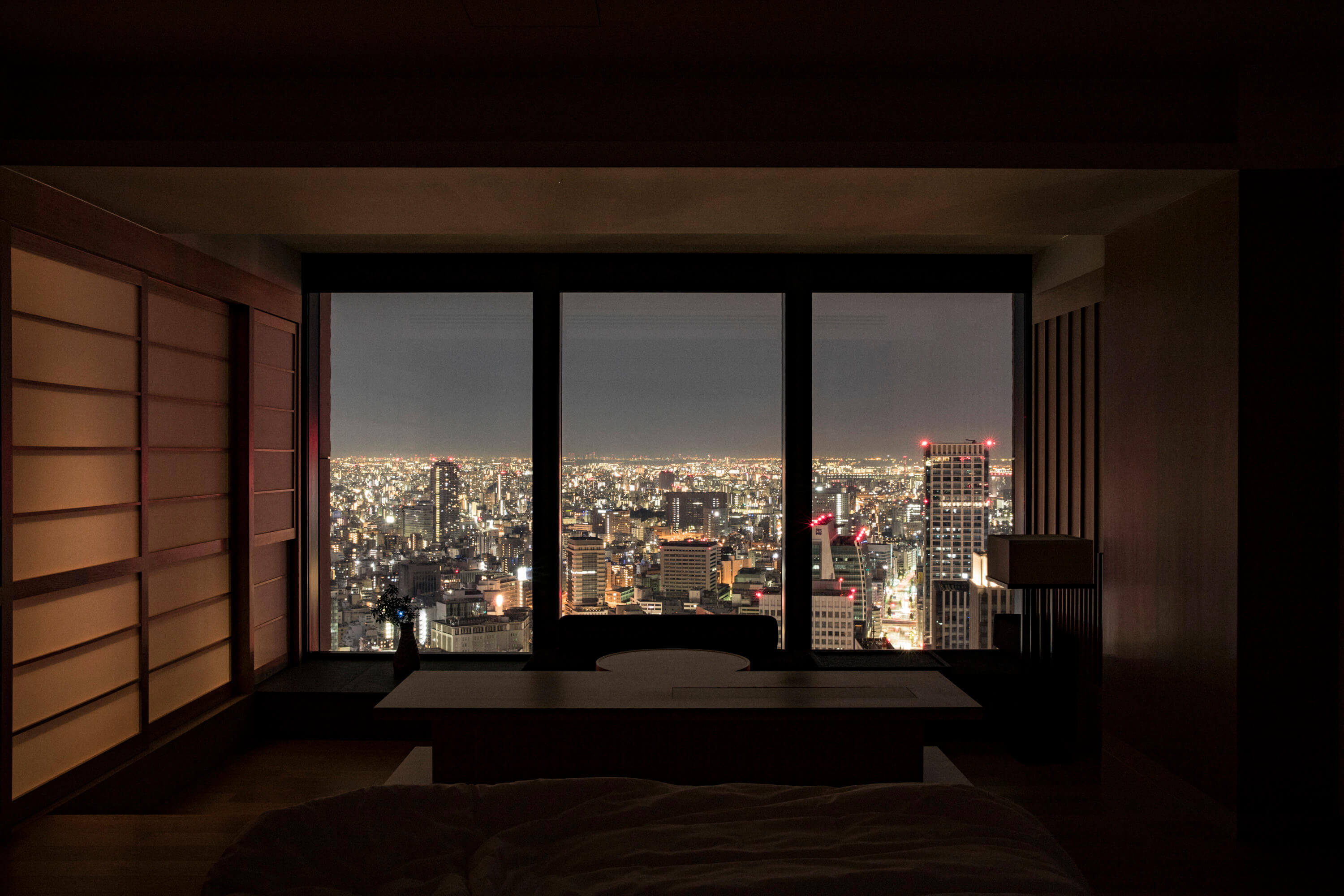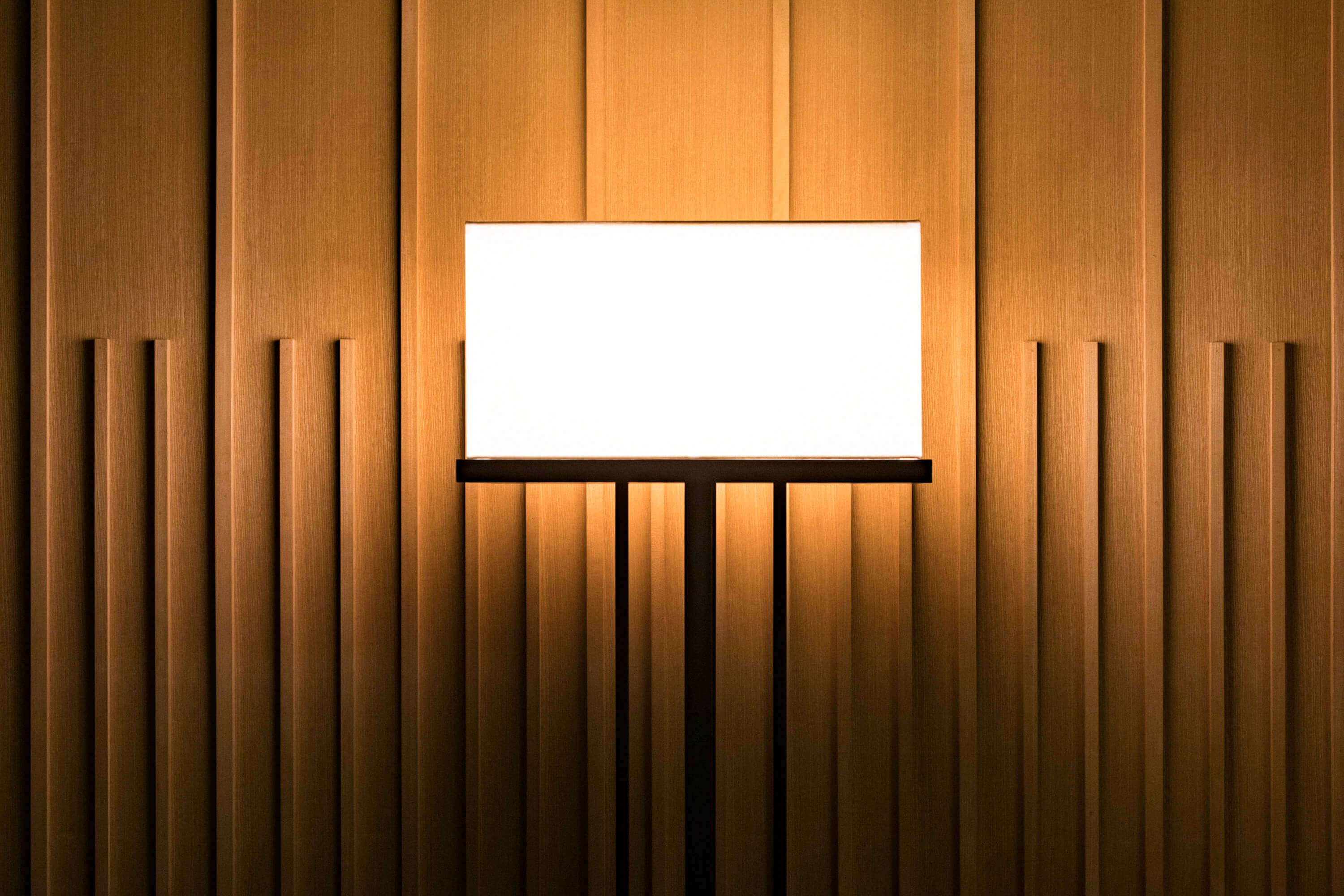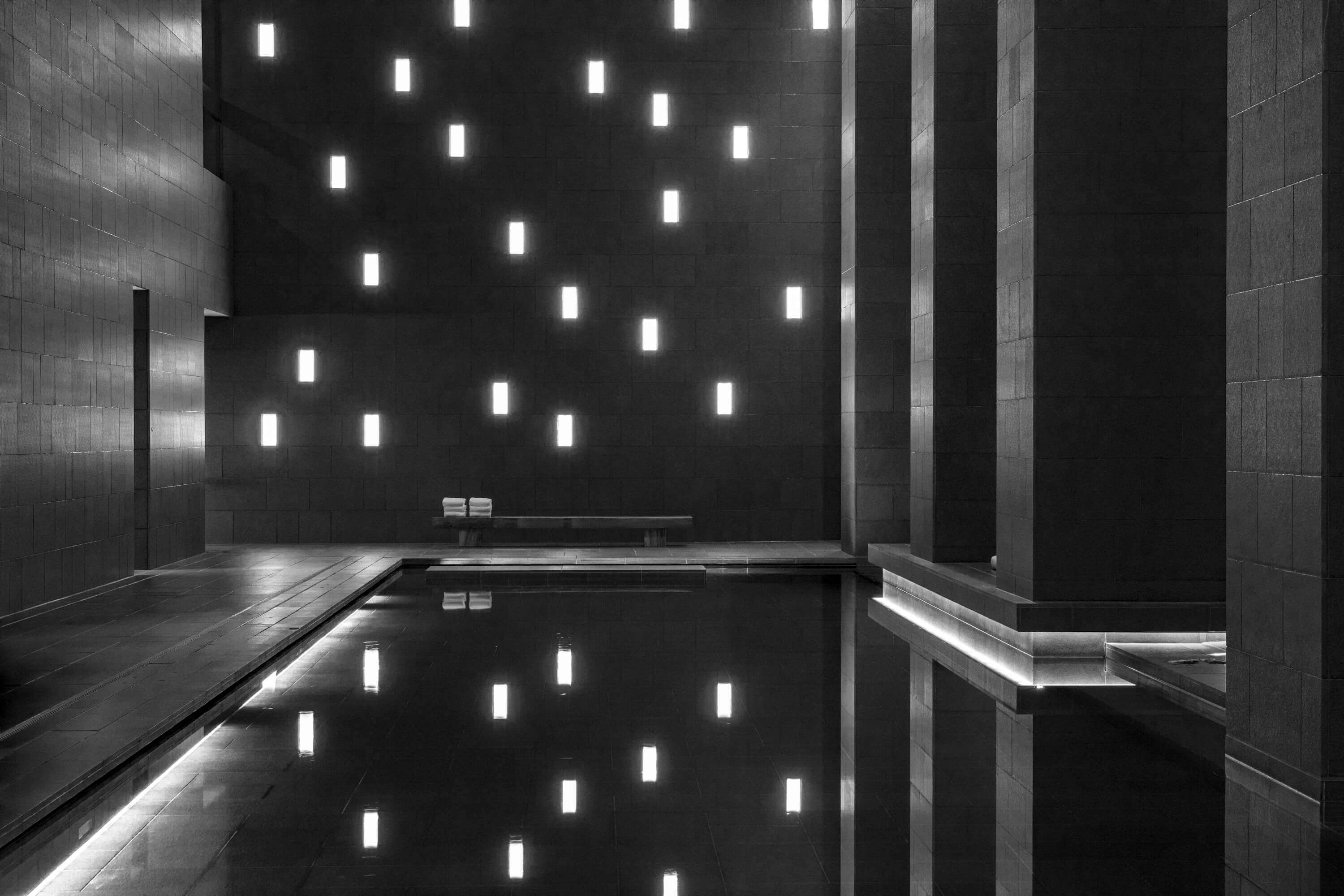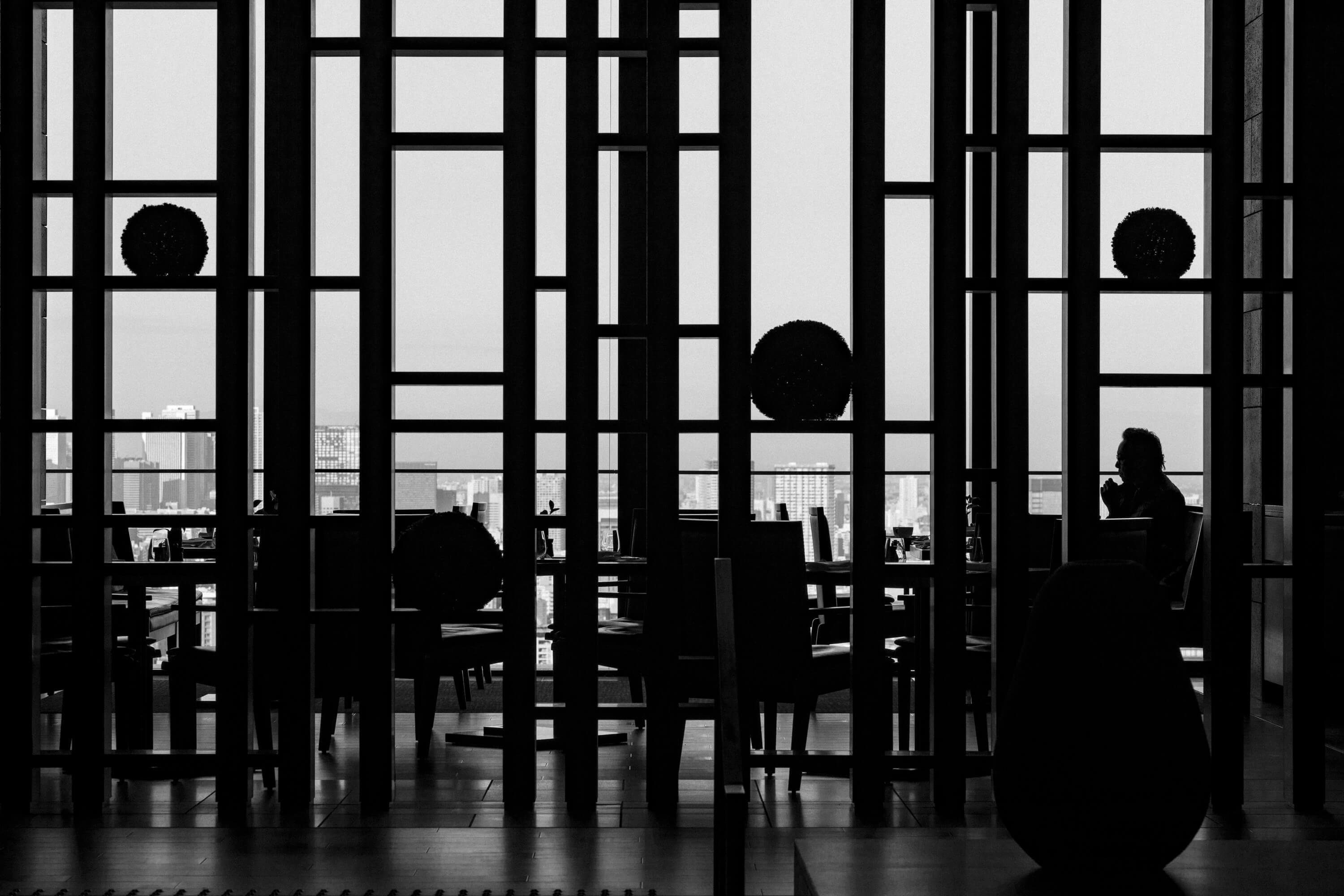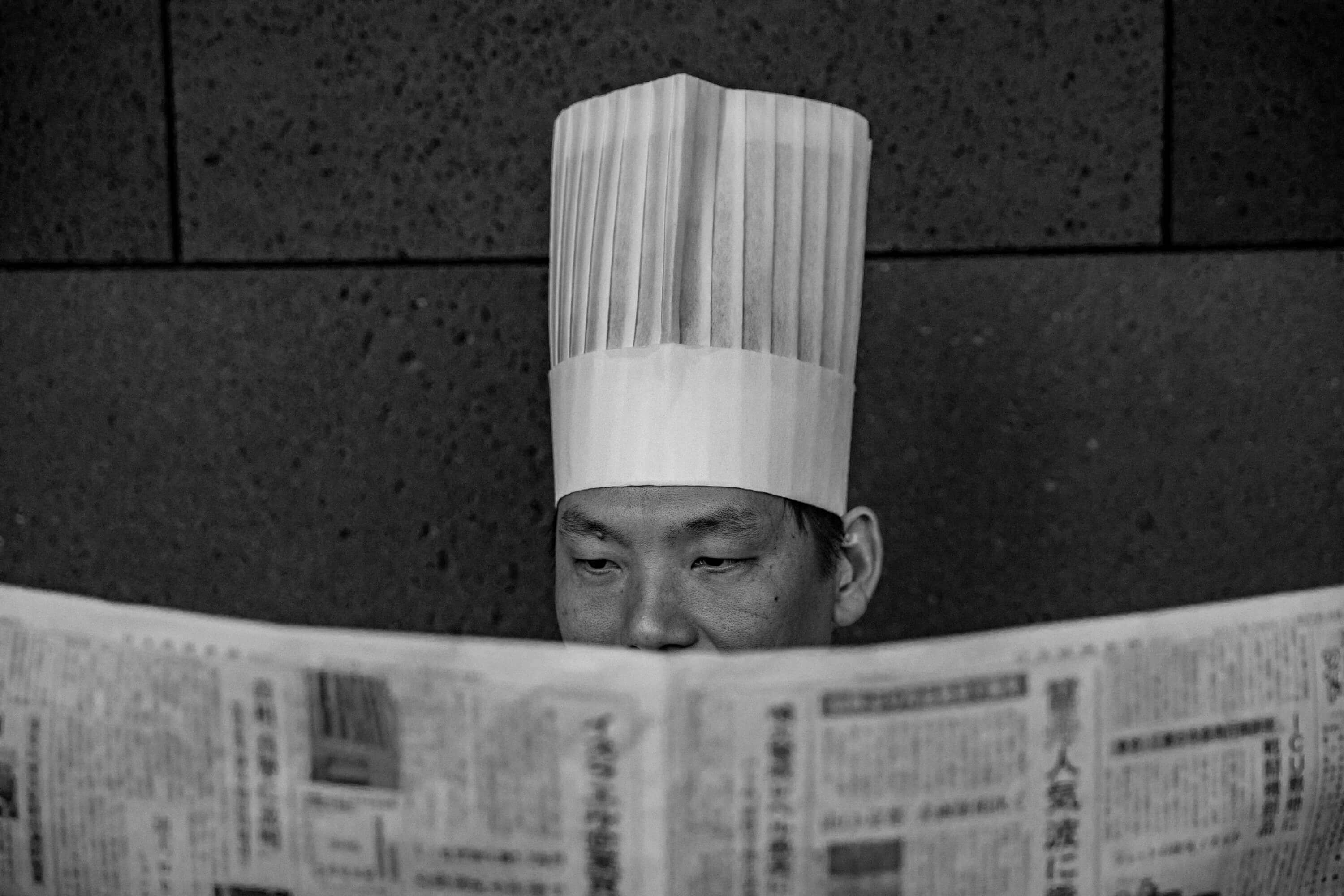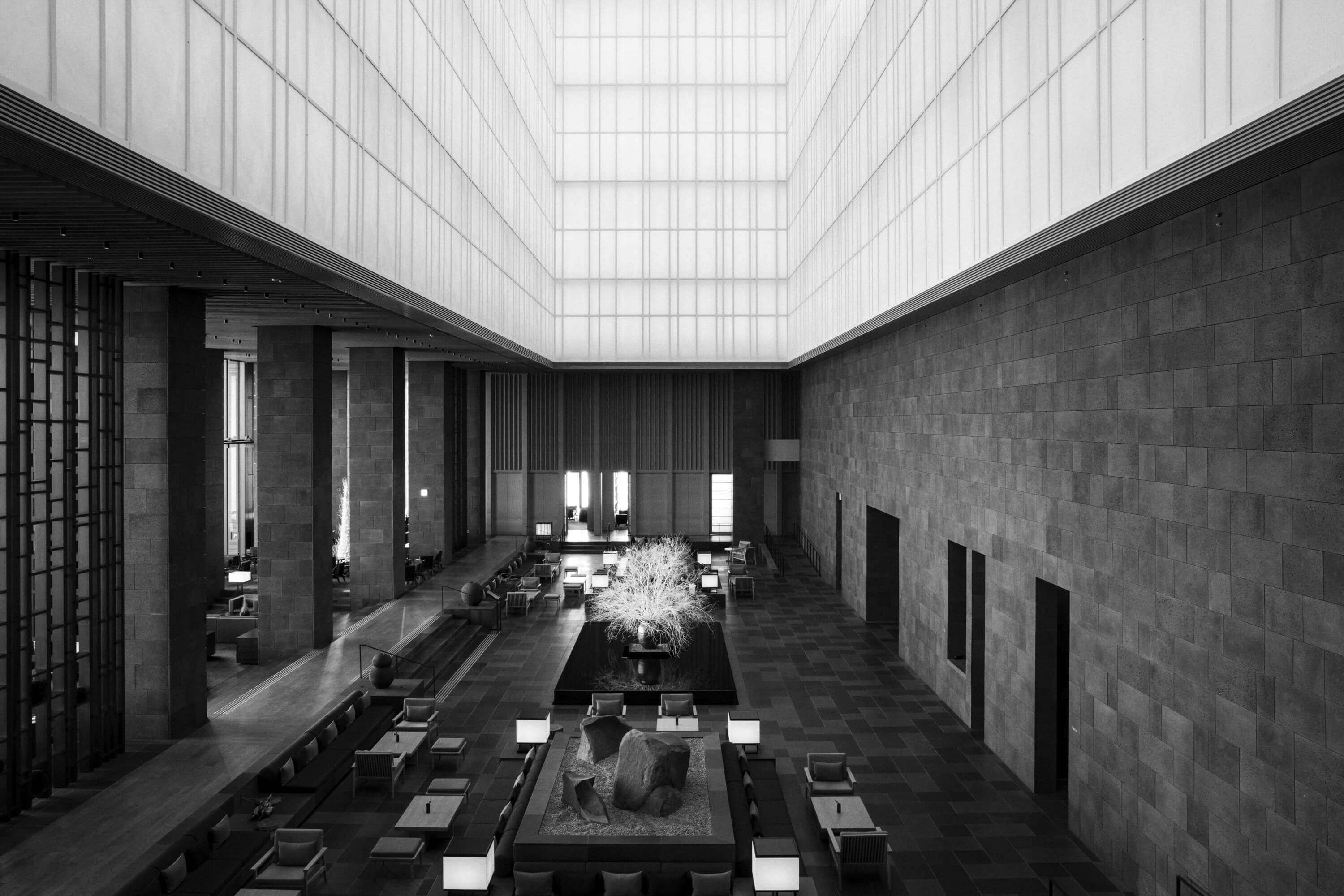The ambience of Amanemu is poetry that penetrates to the mind by way of the eyes. Sitting peacefully on the edge of a piece of quite untamed nature over the waters of Ago Bay, its character contains the mist of winter mornings, the slow, punctual passage of the tourist boat Esperanza that goes to the bay’s cultivated pearl factories, the translucent sunsets on the small islands on the horizon. The healing takes just a few hours, the water surfaces embracing body and soul: soft spa waters and the tonic fragrance of trees and some Japanese citrus fruits.
That night in Amanemu the rain was pouring down, and we ran to the restaurant on tiptoes to avoid the puddles, clutching onto our men’s arms, under the large chocolate-coloured umbrellas that the hotel provided. On the dawn of the following day, the little islands in the bay were enveloped in a benign mist and we ordered Shiranui orange juice. At 10.30 the sun would return, they said looking at their wrist watches. Japanese microclimates.
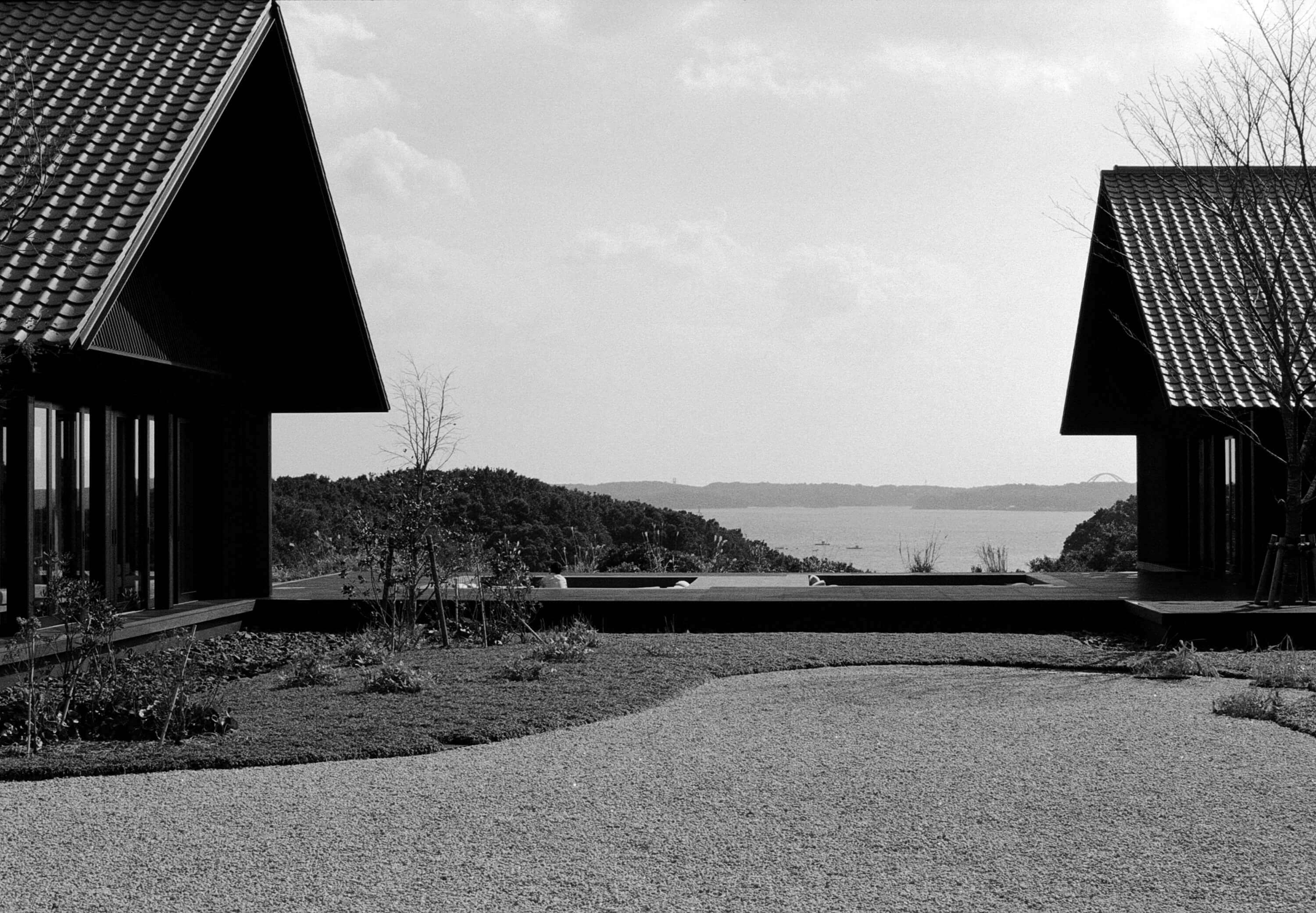
At 10.30 the sun did return, the sun of the gentle summers of times past, and with the sun the joggers reappeared in the spa resort’s private garden. The birds were singing like on some island in the earth’s southern hemisphere and only a madman would have left that place. But at 1.00 we had to queue up at the Ise grand shrine for the Niiname-sai, the autumn ceremony of thanksgiving for the rice harvest, and then for those blackberry-coloured cakes on the river.
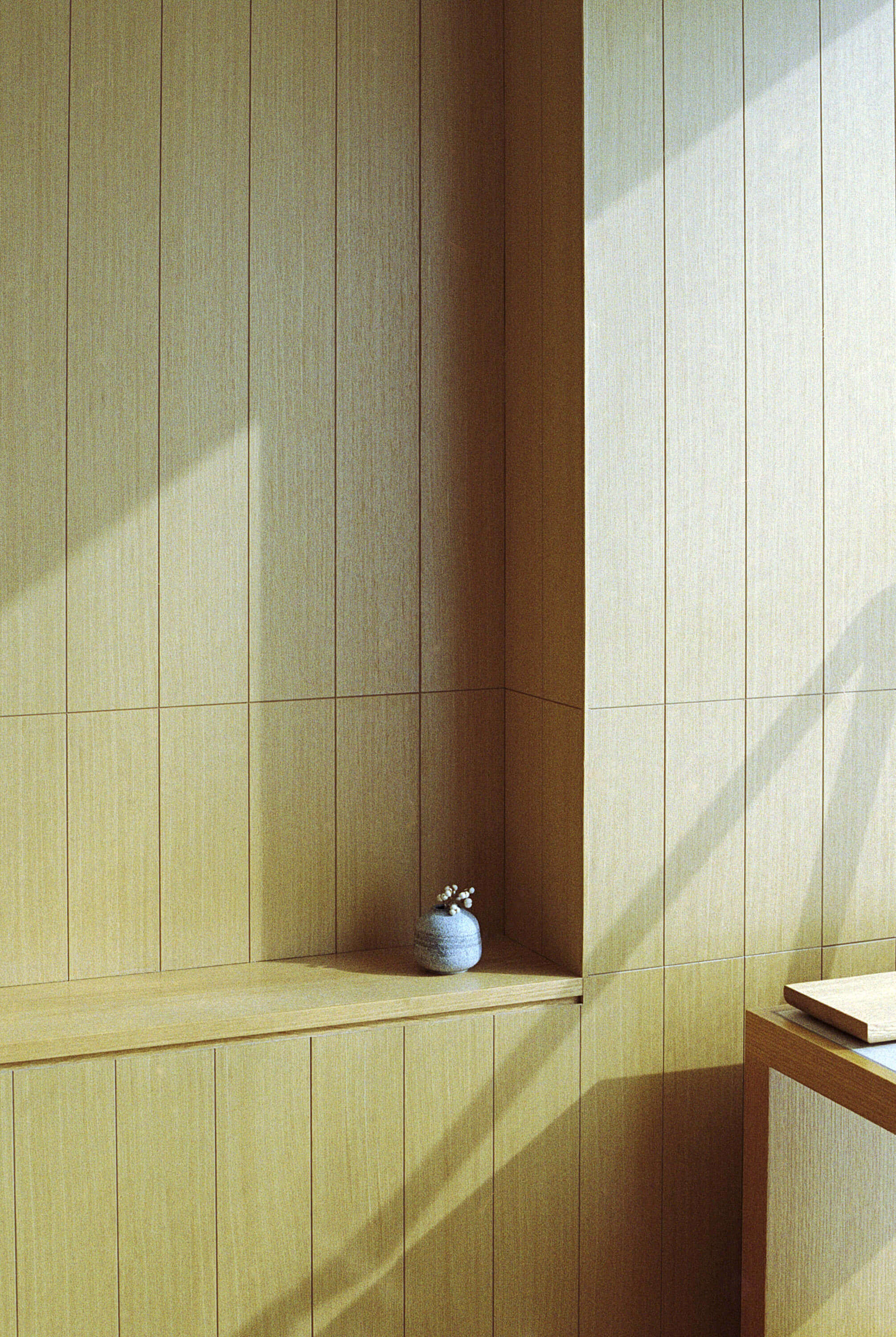
In Ise, on the wooden floor of a wooden house on the banks of the River Isuzu, everyone received their portion of akafuku mochi on a round tray: two blackberry-coloured ripples of sweet azuki bean paste from the island of Hokkaido worked with a spatula and a piping hot cup of tea. Rumour has it that these days people come to spend more time in the tea room than in the temple. Sekishin Keifuku – “Sincere Happiness” – they call the feeling that this place brings.
“In our written language we are principally concerned with meaning and pronunciation. The quintessence of language is poetry, which approaches song, music; western poetry is composed essentially to be recited. But a language written ideographically is concerned with three things: meaning, sound, and appearance. When it ascends to poetry it tends to become rather the sister of painting or of architecture, the latter being understood as the art of spatial relations. Chinese poetry is written essentially to be seen; it penetrates to the mind by way of the eyes.”
Meeting with Japan, Fosco Maraini, Hutchinson.
The ambience of Aman Tokyo is poetry that penetrates to the mind by way of the eyes. Wood, paper and stone speak a language we can immediately grasp. Tokyo flows beneath us, we could stretch out a hand and caress the trained wood of the emperor’s gardens, the red-brick façade of the central train station, move the odd crane, slow down the rhythm of the cars on the tarmac. It’s the life of semi-gods on the thirty-fifth floor of the Otemachi Tower, but press the lift button you can get out at street level and walk among the people of the Marunouchi offices or go even further down, to the metro tunnels, and disappear into Tokyo.
